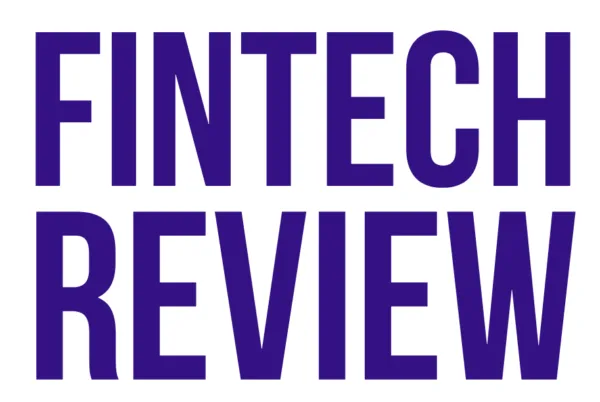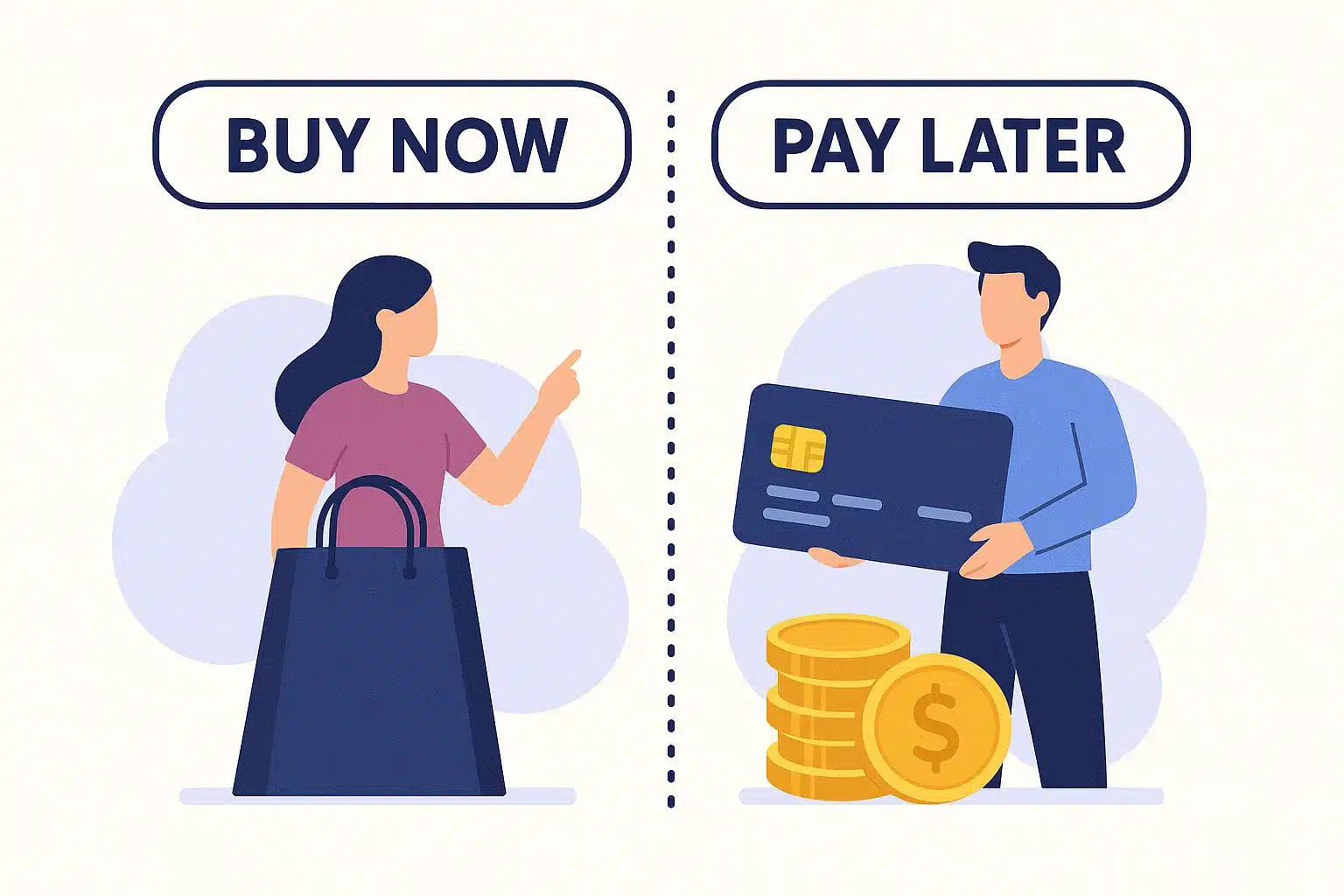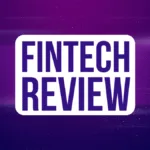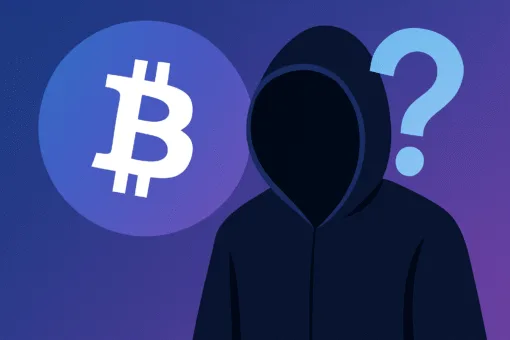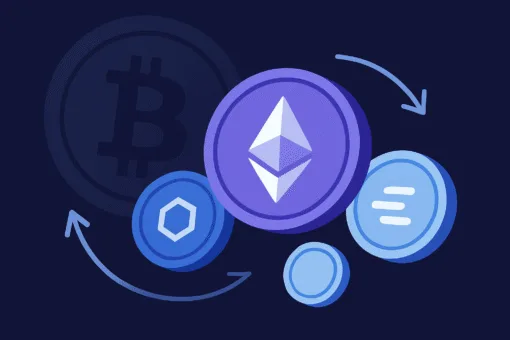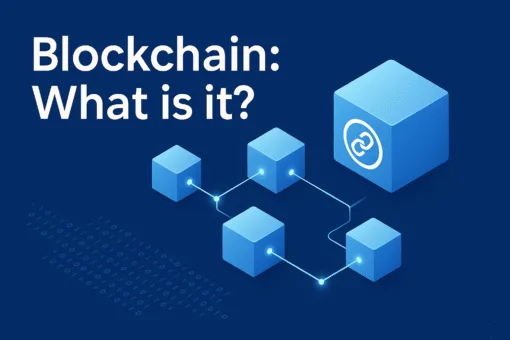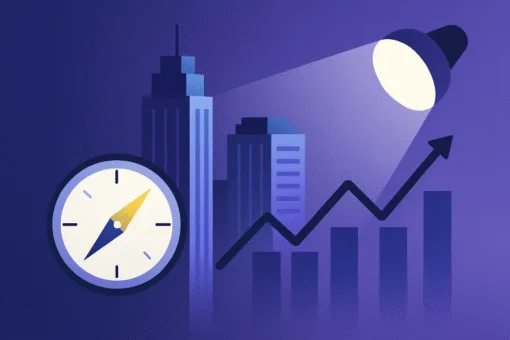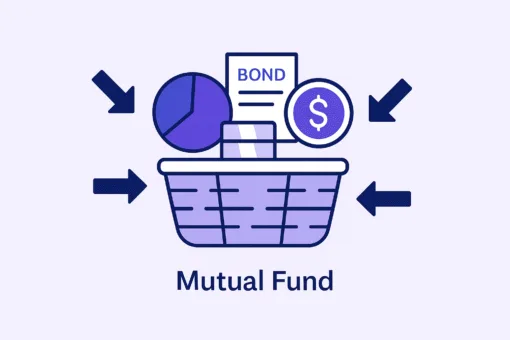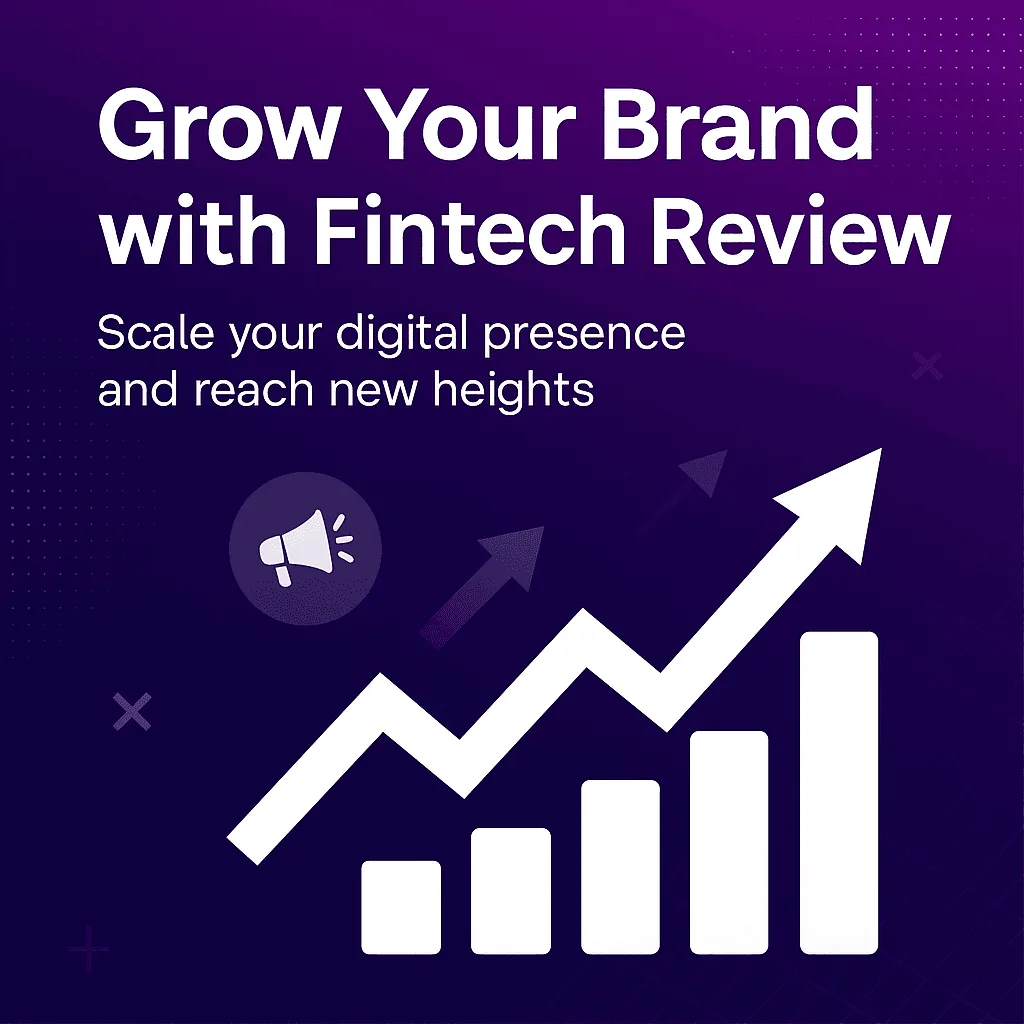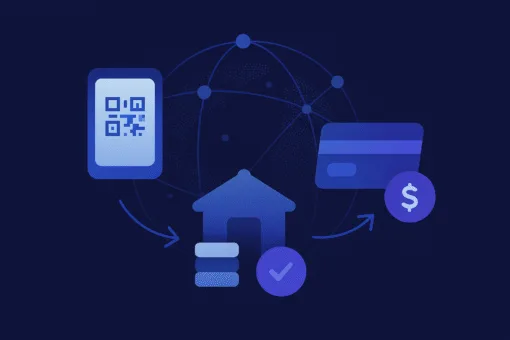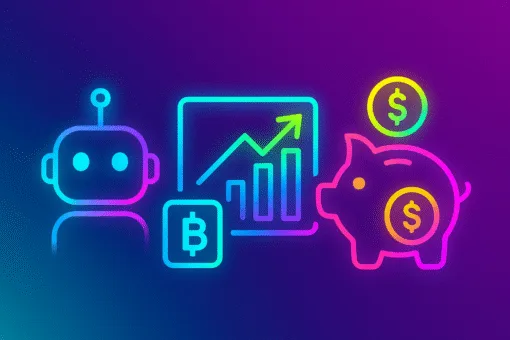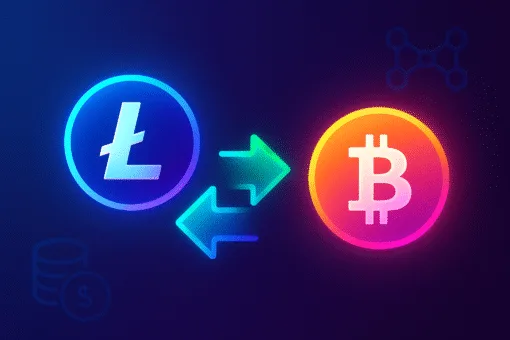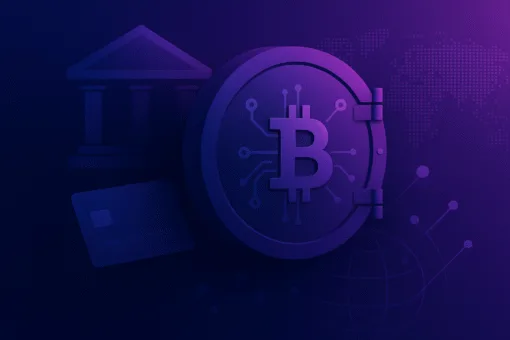The phrase “Buy Now and Pay Later” often shortened to “Buy Now Pay Later” and widely known as BNPL, has become a common feature in both online and offline retail. It refers to a growing payment method that allows customers to make purchases without paying the full amount upfront. Instead, they spread the cost across a series of instalments, often interest-free. This model has seen explosive growth over the past five years. From fast fashion to electronics, and even groceries, it is changing how consumers interact with credit.
What Is Buy Now and Pay Later?
At its core, Buy Now and Pay Later is a form of short-term financing. Consumers receive goods or services immediately and agree to pay for them in multiple instalments over time. These payments are typically split over four equal parts, charged every two weeks or once a month. The appeal lies in the simplicity and transparency of the system. There is no lengthy credit check, no interest in most cases, and no traditional loan application process.
Major players in this space include Klarna, Afterpay, Clearpay, Affirm, and PayPal Pay in 3. Retailers partner with these services to offer flexible payment options at checkout, both online and in store. The result is a smoother purchasing journey, especially for customers who may hesitate when faced with the full price of an item.
How Does BNPL Work?

The BNPL process usually begins at the point of sale. When checking out, a customer sees the option to spread payments. Upon selecting BNPL, they are taken through a short approval process. This often takes less than a minute and checks basic identity and spending history. If approved, the customer pays a small portion of the total upfront. The remaining balance is automatically deducted in future instalments.
For example, a $200 jacket could be split into four payments of $50. The first is charged immediately, and the next three are collected every two weeks. As long as the payments are made on time, no interest or fees apply.
Some providers also offer longer-term financing, where payments are spread over six or twelve months. These often involve interest, depending on the provider and the merchant.
The Appeal for Shoppers
BNPL has gained popularity for several reasons. Firstly, it provides flexibility. Shoppers can make purchases without having to wait until payday. This is especially attractive during seasonal promotions, limited-time offers, or emergencies. Secondly, the process feels more transparent than credit cards. There are clear repayment dates and amounts, and no revolving credit or hidden interest rates.
Another factor is ease of use. BNPL services are integrated into the checkout process, both online and in mobile apps. With one click, customers can split payments and track them through sleek, intuitive dashboards. Some providers offer reminders, notifications, and even the ability to reschedule payments.
Younger shoppers in particular have embraced BNPL. Many are wary of traditional credit cards and prefer interest-free models with defined repayment plans. For these consumers, BNPL feels modern, fair, and aligned with their budgeting preferences.
Why Retailers Love That You Buy Now and Pay Later
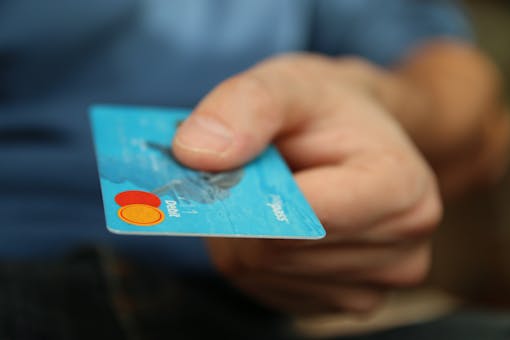
Retailers benefit from offering BNPL in several ways. It can lead to increased conversion rates, higher average order values, and improved customer satisfaction. When customers know they can spread the cost, they are more likely to complete a purchase and to spend more.
BNPL also reduces the friction at checkout. Rather than hesitating over a big purchase, customers can commit knowing the financial burden is delayed. For the retailer, the risk is low. BNPL providers typically pay the full amount to the retailer upfront and handle collection themselves.
As a result, merchants can focus on sales, while the BNPL company takes care of paymentsPayments & Infrastructure, fraud detection, and credit risk.
Risks and Controversies
Despite its popularity, BNPL is not without risks. One major concern is overspending. Because repayments are delayed, shoppers may commit to purchases they cannot afford. The instalments may seem small, but they can quickly add up. For those using multiple BNPL services at once, it becomes easy to lose track of obligations.
Late payments can result in fees, credit score damage, or collection actions. While many BNPL providers promote responsible spending and offer grace periods, some users still fall behind.
Another issue is the lack of regulation. In many countries, BNPL is not yet subject to the same rules as credit cards or personal loans. This raises questions around transparency, data protection, and consumer rights. Regulators in the UK, Europe, and Australia are currently evaluating how to bring BNPL under formal financial supervision.
There is also debate over marketing practices. Some critics argue that BNPL is heavily promoted to young or vulnerable consumers, encouraging impulsive buying and reinforcing poor financial habits.
BNPL vs Credit Cards
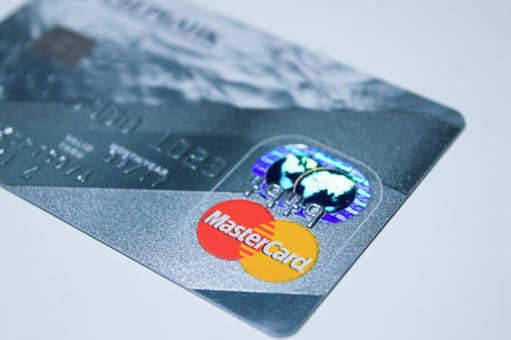
BNPL is often compared to credit cards, but the two products operate quite differently. Credit cards offer a revolving line of credit. Interest is charged on outstanding balances, and payments are flexible. BNPL, on the other hand, offers fixed repayment schedules, often with no interest.
For consumers who pay on time, BNPL can be cheaper and more transparent. However, credit cards typically offer better protection for disputes, returns, and fraud. They also help build a credit history, which BNPL providers do not always report to credit bureaus.
The decision between the two depends on personal preference, discipline, and spending habits. BNPL works best for short-term purchases where the buyer is confident they can meet the repayment schedule. Credit cards offer more flexibility and benefits but can lead to long-term debt if not managed carefully.
The BNPL Business Model
BNPL companies earn revenue from both merchants and customers. Retailers pay a fee to offer BNPL, usually between 3 and 6 percent of the purchase value. This is higher than traditional credit card fees, but many merchants view it as worthwhile due to the boost in sales.
On the customer side, most BNPL platforms are free as long as payments are made on time. However, revenue is also generated through late fees, interest on longer-term plans, and premium services.
As the industry grows, some BNPL firms are exploring additional revenue streams. These include financial planning tools, personalised offers, and loyalty rewards. Others are moving into in-store payments, virtual cards, and integrations with e-wallets.
Growth and Market Trends

The BNPL market has grown dramatically since 2020. Driven by the rise of e-commerce and changing consumer behaviour, adoption rates have soared. Klarna alone serves over 150 million users globally. In the UK, one in five shoppers has used BNPL at least once.
The pandemic accelerated this trend. With tighter budgets and more online shopping, consumers turned to BNPL as a way to stretch spending. Retailers followed suit, adding BNPL to checkout pages to capture sales.
As competition intensifies, providers are innovating quickly. Some are integrating with banks, others are acquiring point-of-sale firms, and a few are pursuing banking licences to offer full financial services.
There is also growing interest in BNPL for non-retail sectors. Travel, healthcare, education, and even rent payments are now experimenting with instalment models. This could significantly expand the market beyond consumer goods.
Regulation on the Horizon
Governments and regulators are starting to take a closer look at BNPL. In the UK, the Financial Conduct Authority has called for tighter oversight. A regulatory framework is expected to be introduced to improve transparency, standardise terms, and protect consumers from unfair practices.
Australia and Sweden have already taken steps to regulate BNPL firms. The European Union is also reviewing credit laws to include instalment-based services.
These changes are likely to make BNPL more accountable and safer for consumers. At the same time, compliance costs may rise, affecting margins for providers and the fees charged to merchants.
The Future of Buy Now and Pay Later
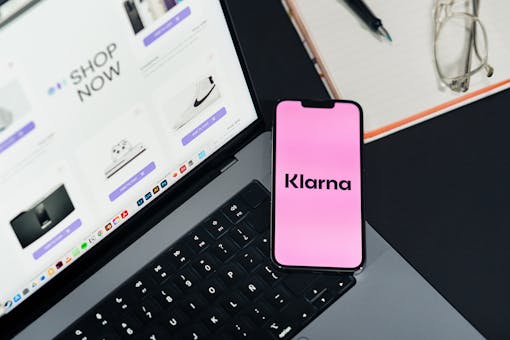
BNPL is not a passing trend. It is reshaping the way people pay for goods and services. The combination of flexibility, ease of use, and short-term financing appeals to a wide range of shoppers.
As technology evolves, BNPL is likely to become more embedded in everyday financial life. It may appear directly in banking apps, budgeting tools, and digital wallets. There will also be more personalised offerings, based on user behaviour and spending patterns.
The biggest challenge will be balancing growth with responsibility. Providers must ensure that customers understand the risks, manage repayments well, and avoid building hidden debt. Regulators will play a key role in setting boundaries and protecting vulnerable users.
Buy Now and Pay Later has changed the retail landscape. It offers clear benefits for both shoppers and businesses. However, like any form of credit, it must be used wisely. With thoughtful regulation, transparent terms, and responsible usage, BNPL can remain a helpful tool in the financial toolkit of modern consumers.
Whether it becomes a core part of future banking or remains a specialist niche will depend on how well the sector adapts to scrutiny and long-term sustainability. For now, it is clear that Buy Now and Pay Later is here to stay.
